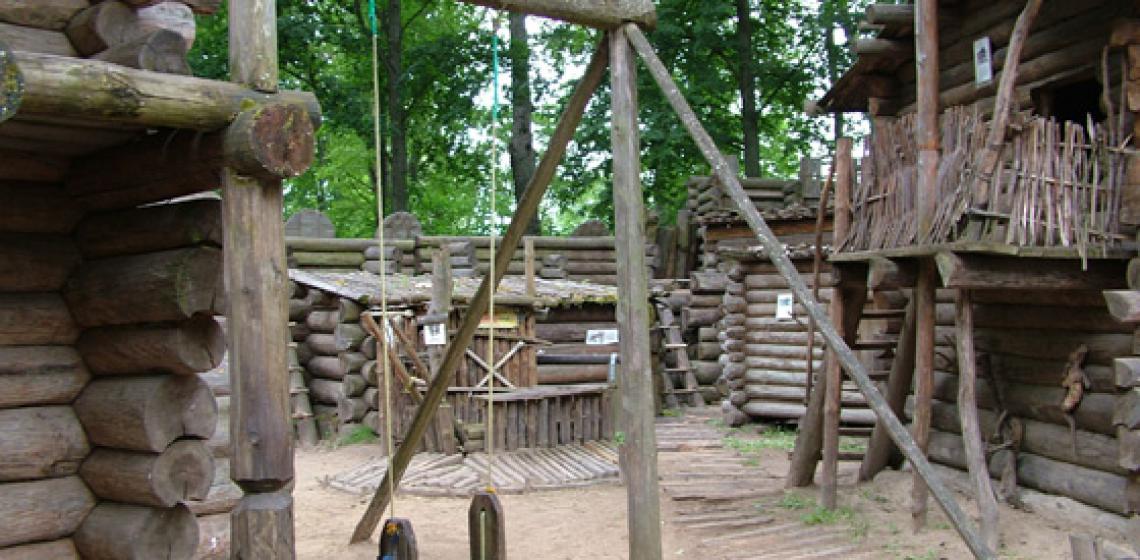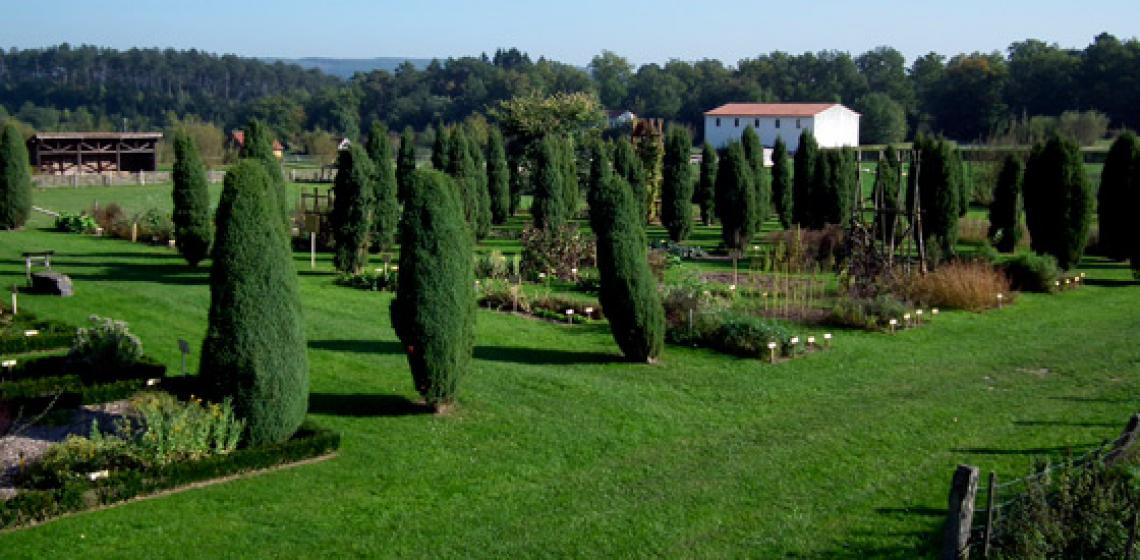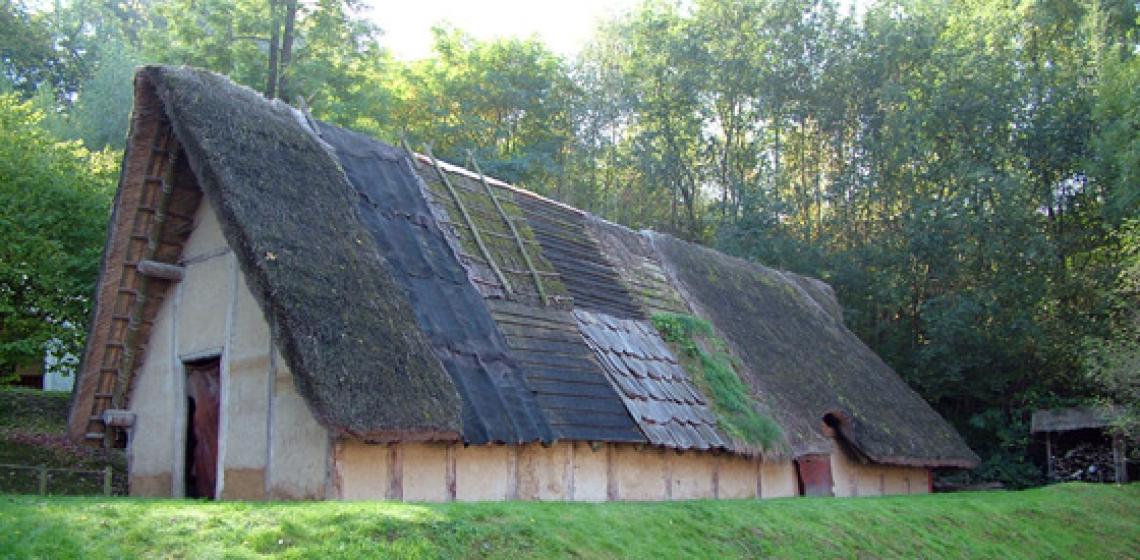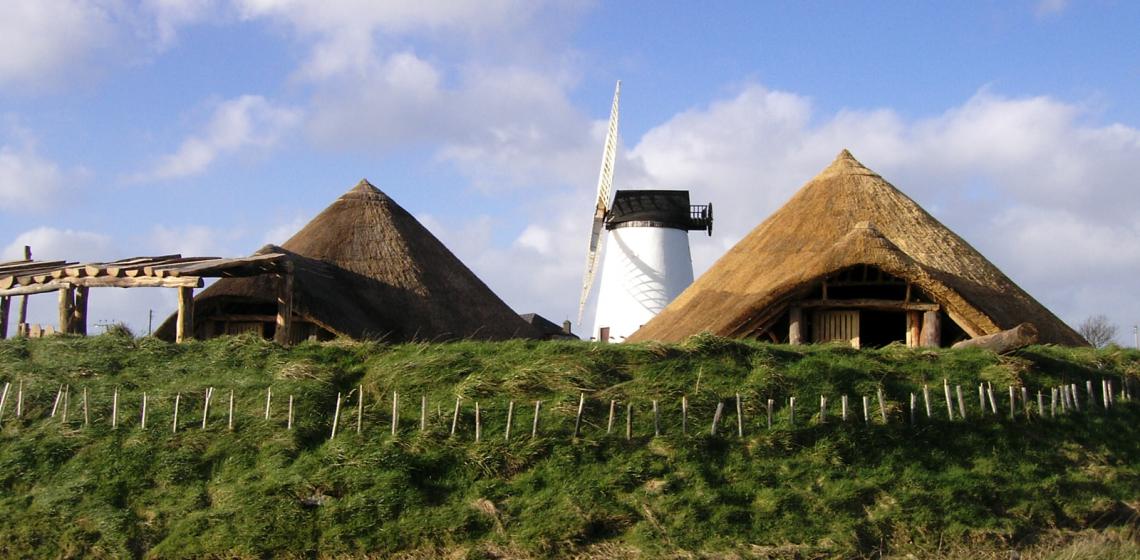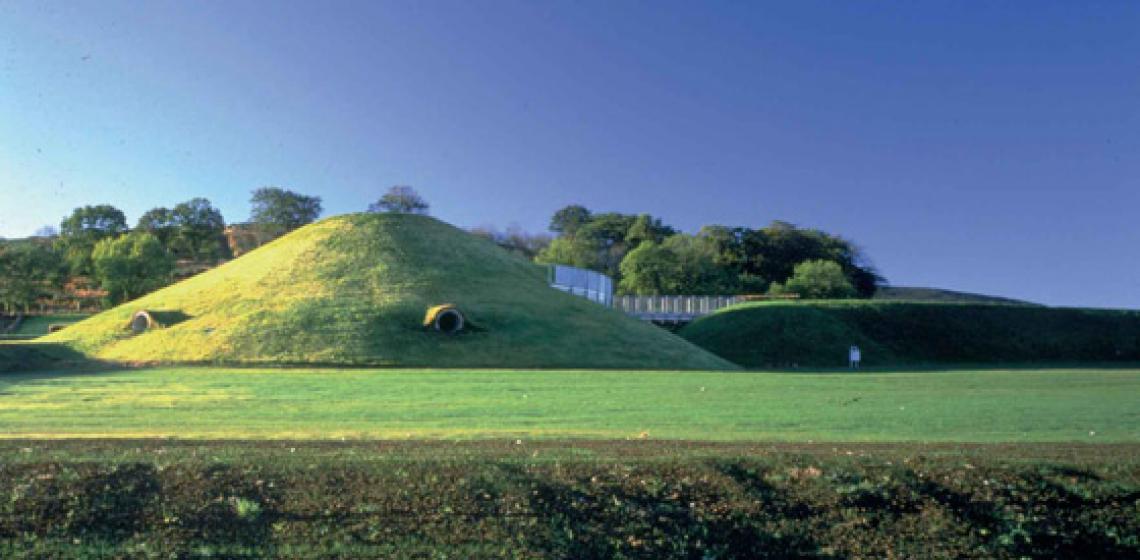Keltische Höhenburg Altburg (DE)
In the early 1970s, the Rheinisches Landesmuseum Trier excavated at the “Altburg” near Bundenbach. This was the site of a Iron Age defended settlement between 170 BC and 50 BC in the West Celtic area.
In the early 1970s, the Rheinisches Landesmuseum Trier excavated at the “Altburg” near Bundenbach. This was the site of a Iron Age defended settlement between 170 BC and 50 BC in the West Celtic area...



